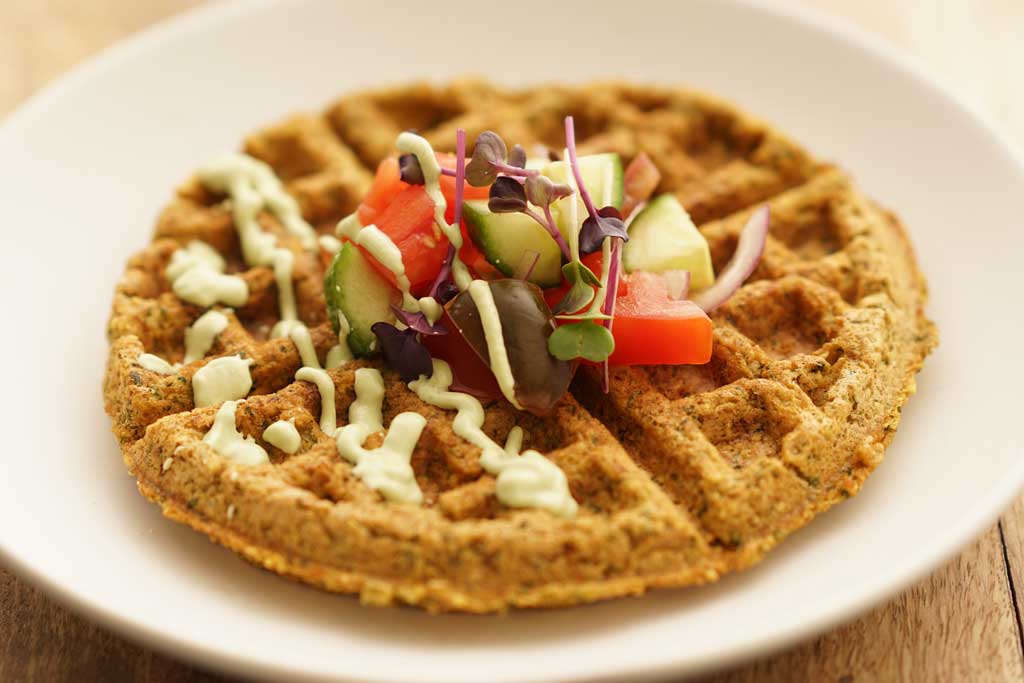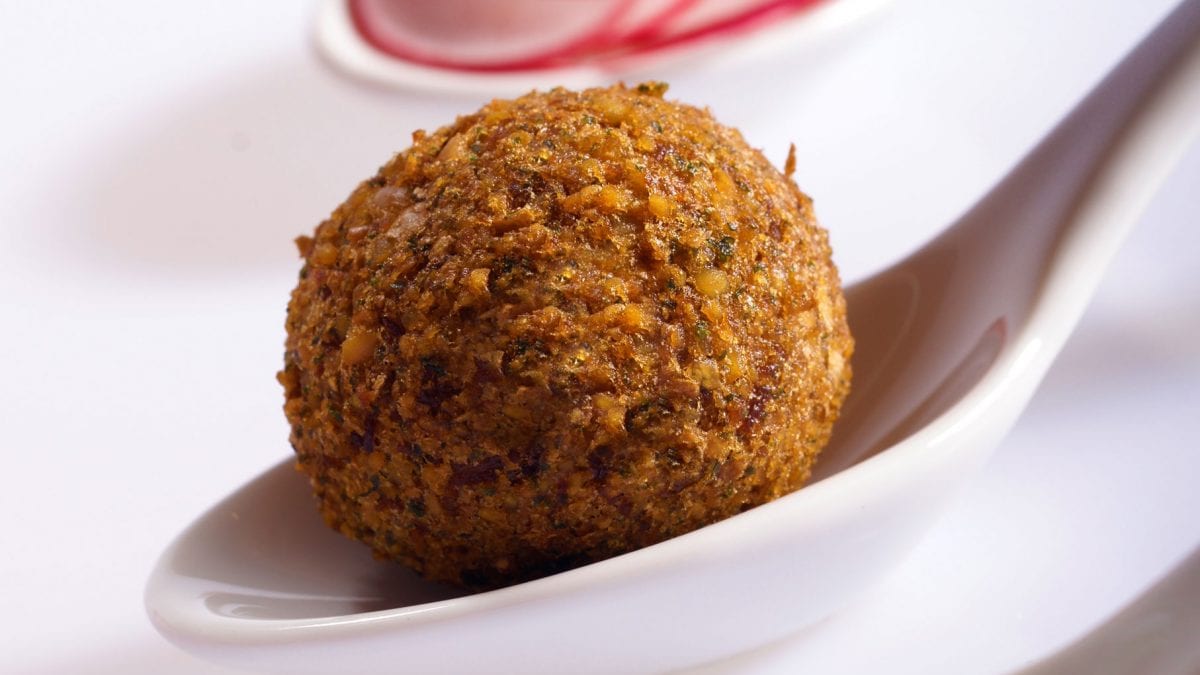
5 Easy Falafel Vegetarian Vegan Recipes
February 19, 2019
Festive Fun with Falafels
March 18, 2019Falafels are fun to make and eat, but are their ingredients nutritious and healthy? Let’s take a closer look at this unique and versatile food to find out!
Falafel facts
If you’re not familiar with falafel, here’s some background information on this favorite food. Of Egyptian origin, falafels are eaten regularly in the Middle East. Falafels made from ground chickpeas, also known as garbanzo beans, are mixed with vegetables and spices. Often shaped into balls or patties and fried until crispy, it can be served in a variety of ways such as part of a pita sandwich, as a veggie burger or over a salad.
Is falafel nutritious?
The falafel’s increasing popularity is due to its versatile nature and nutritious content. The chickpeas in falafel are a great source of high-quality fiber and protein. It’s naturally cholesterol-free since it contains no animal ingredients. You can choose low-sodium toppings for your falafels such as fresh and raw vegetables instead of lots of sauce.
Nutritional information
There’s no doubt that falafel packs a wallop of nutritional benefits. A half-cup of falafel serving contains 333 calories and 17.8 grams of fat. It contains minerals such as 3.42 milligrams of iron and 585 milligrams of potassium, as well as zinc, calcium and magnesium. Each serving supplies 104 micrograms of folate and 1 milligram of niacin. Vitamins A and C are also present in small amounts. Keep in mind that adding fresh veggies on top of your falafel will add even more nutritious benefits. For a summary on the nutrient contents of falafel, you may refer to the USDA Nutrient Database.
Key nutrients
Since the main ingredient in falafel is chickpeas, it’s a great source of plant protein and dietary fiber. It also provides other essential nutrients such as iron, zinc, folate and potassium.
Fiber
The high-fiber content in falafel helps maintain your bowel health. A fibrous diet can help reduce the risk of constipation and the development of diverticulitis and hemorrhoids. Fiber also helps to lower cholesterol levels, which are vital in reducing the risk of heart disease.
Antioxidants
Falafel contains omega-3 and omega-6 fatty acids, which have antioxidant effects and anti-inflammatory properties. Falafel made with ground vegetables and then topped with more fresh vegetables will give you even more of an antioxidant boost.
The vegan falafel
Thanks to the fact that no animal ingredients such as meat or dairy are used in the making of falafel, vegetarians and vegans love it. Its high protein content makes it a valuable alternative to the proteins found in meat. You can form it into a patty and top it with vegetables to create a healthy and tasty veggie burger. You can make falafel yourself at home using a good recipe like this Healthy Vegan Falafel recipe. If you want to, you can gently fry the falafels in a healthy oil such as olive oil, and alternately, you may prepare the falafel batter using a waffle iron to create Falafel Waffle. If you want to save time, you can also buy a fantastic falafel mix that’s ready to go.
So, are falafels good for you?
It’s easy to conclude that falafels are indeed a healthy addition to your diet. This low-calorie, high-protein, high-fiber food is so convenient to prepare using a ready-made falafel mix and served in a variety of ways. Do your body a favor and start experimenting with this fantastic food today!

